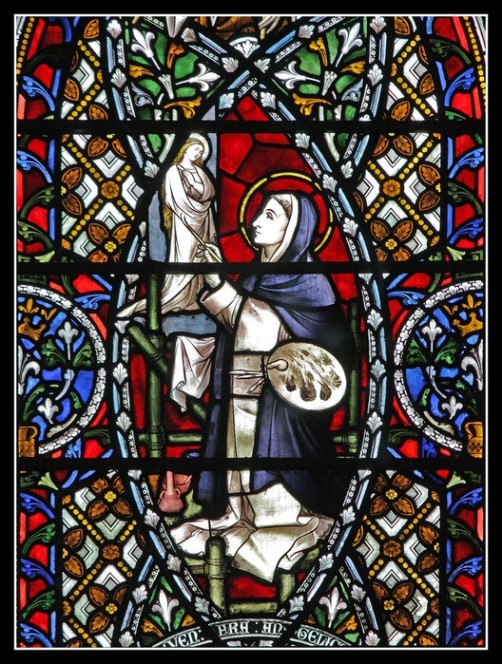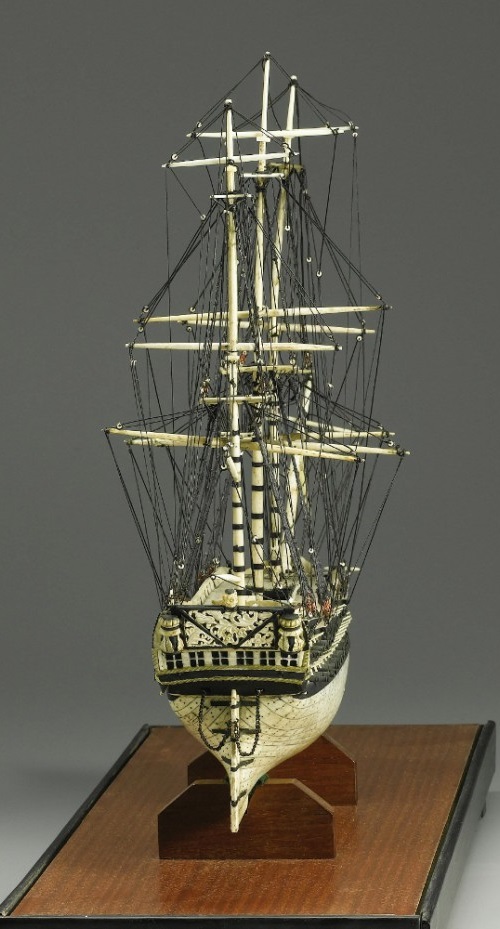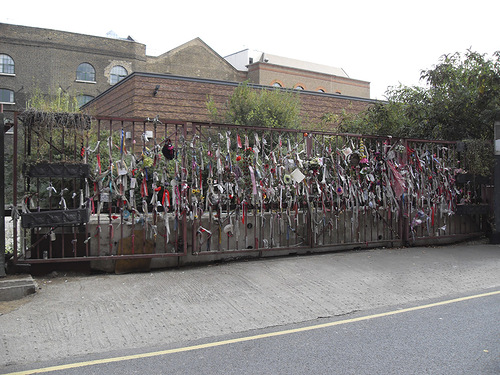Gothic chapel on bones
Gothic chapel on bones
Ossuary in Sedlec (chesh. Kostnice v Sedlci, cemetery church of All Saints with Ossuary) – Gothic chapel in Sedlec, a suburb of the Czech town of Kutna Hora. Noteworthy, human skulls and bones decorate the chapel. On the decoration of the chapel used about 40,000 human skeletons. In 1278, Henry, the abbot of the Cistercian monastery in Sedlec, a suburb of Kutna Mountains, was sent by the Czech King Otakar II to the Holy Land. He brought back some earth from Golgotha and sprinkled it over the abbey cemetery. The news of this spread, and the cemetery has become a popular burial place of the people of Central Europe. Many thousands of people wanted to be buried in this cemetery. As a result of Medieval wars in the middle of XIV century, epidemics expanded greatly, particularly the epidemic of the Black Death.
In 1870, Schwarzenbergs hired a woodcarver named Frantishek Rint, to put in order stacked pile of bones. The result of his work speaks for itself. At the four corners of the cathedral is a huge bell-shaped pile of bones. Besides, from the middle of the nave hangs a huge bone chandelier that contains at least one copy of each of the human bones and decorated with garlands of skulls. Among other works of art can be noted altar, and a large Schwarzenberg coat of arms and signature of master Rint, also from the bones.
The Shrine was to serve as a warehouse of bones recovered from the graves in the cemetery because there was not enough space. Vacant space could be used for new burials or for construction.
According to legend, after the 1511 the removal of the skeletons from their graves and their storage in a tomb made a blind Cistercian monk of the order.
The chapel is open to the public seven days a week, from morning to evening.
Gothic chapel on bones

The Shrine was to serve as a warehouse of bones recovered from the graves in the cemetery because there was not enough space. Vacant space could be used for new burials or for construction.

According to legend, after 1511 a blind Cistercian monk of the order removed the skeletons from their graves and their storage in a tomb

In 1784, the emperor ordered the closure of the monastery. The Schwarzenberg family bought monastery lands and chapel

In 1870 Schwarzenbergs hired a woodcarver Frantishek Rint, to put in order he stacked pile of bones. The results of his work speaks for itself. At the four corners of the cathedral is a huge bell-shaped pile of bones. From the middle of the nave hangs a huge bone chandelier that contains at least one copy of each of the human bones and decorated with garlands of skulls

Among other works of art- altar, and a large Schwarzenberg coat of arms and signature of master Rint, also from the bones
source
www.outsideprague.com




























